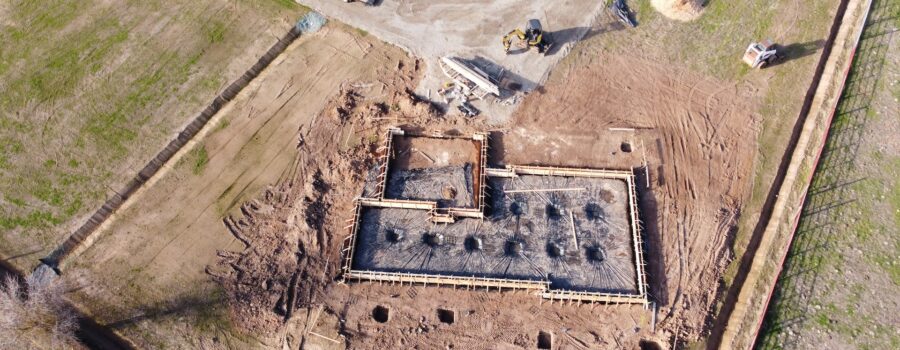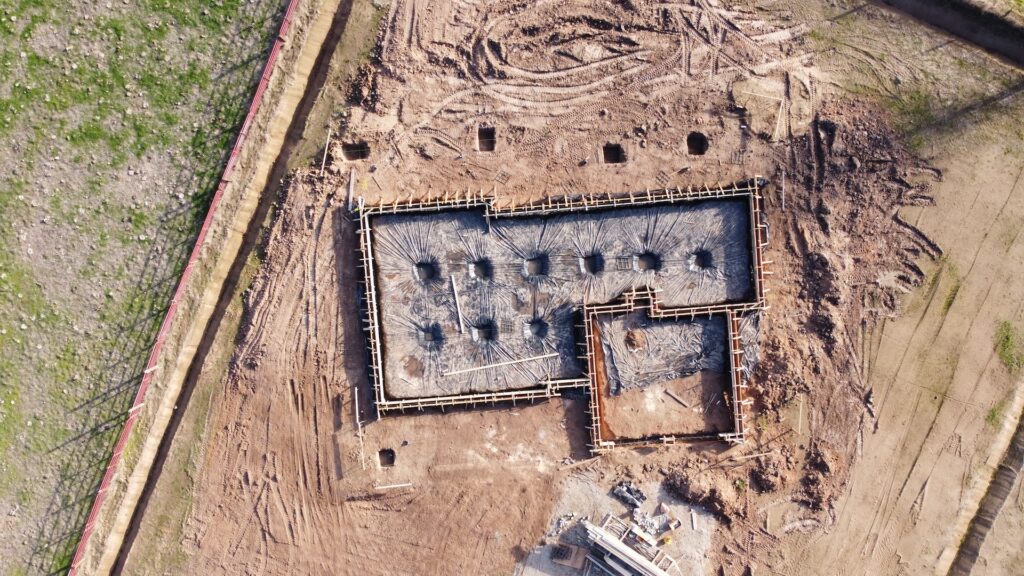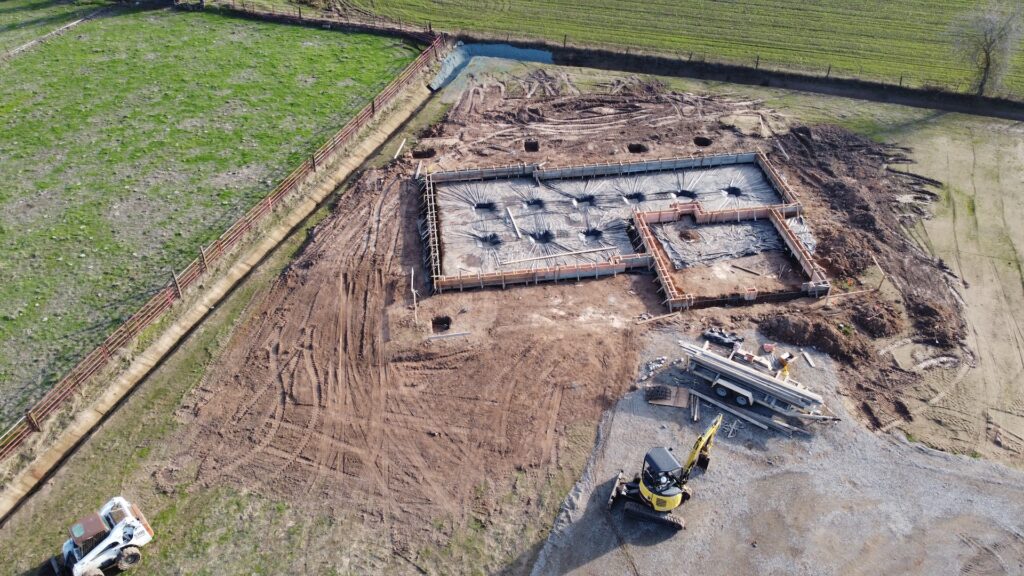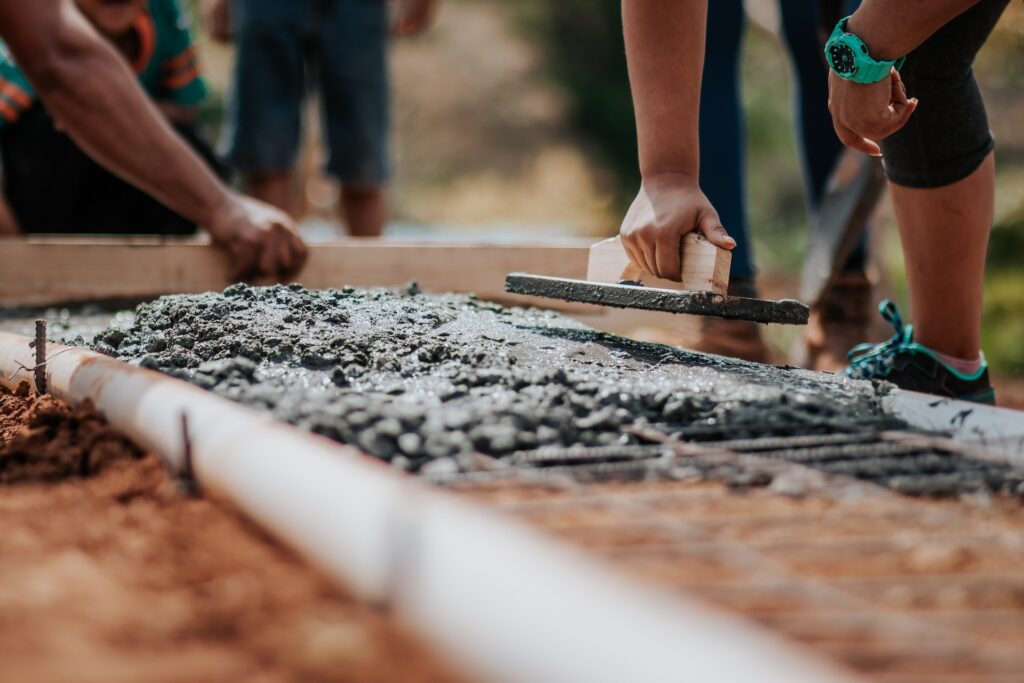
Understanding Stem Wall Foundations: Common Problems and Repairs
A home can be built with numerous types of foundations, the most common of which include basements and slab foundations. It’s also possible for homes to be constructed with a stem wall foundation, which is a raised foundation that gives a home the kind of support it needs to keep it above flood level.
While stem wall foundations have their advantages when compared to other foundation types, they can still be damaged by a wide range of issues, which include everything from water intrusion to concrete deterioration.
These problems should be addressed immediately to make sure that the damage is stopped early enough and doesn’t spread to the rest of the home. This guide details the most common issues that affect stem wall foundations and the repairs that must be done to correct them.

What is a Stem Wall Foundation?
A stem wall foundation is a kind of raised foundation that’s regularly used because it’s more affordable than a slab-on-grade foundation or basement foundation. This affordability is the result of not using as much cement during the construction process, which means that material costs are much lower. Stem wall foundations are made with a raised perimeter that’s made entirely with cement. They can also be built with pads and posts to provide additional support to the home.
Stem walls are usually 18-24 inches above grade. Around 12-18 inches of the wall are positioned below ground to add more support. This portion of the stem wall is known as the footing. When the subfloor has been attached, the vertical space between the ground and the first floor of the home is viewed as a crawlspace.
Even though crawlspaces can be less than 18 inches, they are rarely ever used in homes because of how difficult it can be to maneuver in them. In fact, most foundation repair providers don’t perform repairs or inspections in crawlspaces that have a lack of space.
Stem wall foundations are made by using cinder blocks that are strengthened with steel rebar that has been covered with concrete. The cement creates a perimeter that offers a space where home walls can be properly attached. The load of a home is transmitted to the footing.
These foundations have some pros and cons when you compare them to other foundation types. While there usually isn’t much space, it’s possible for the crawlspace to be a few feet tall, which allows the area to be used for storage. Even though crawlspaces are typically unheated, they can be ventilated to ensure some airflow.
Along with the lower material costs, a stem wall foundation is more affordable than full basements and slab foundations because they require less labor to build and don’t need as much excavation. However, the walls of full basement foundations and stem wall foundations are typically made with the same materials, which include mortared concrete block or poured concrete.

Common Problems with Stem Wall Foundations
Just like any other type of foundation, a stem wall foundation can fall into disrepair for any number of reasons. The most common problems with stem wall foundations include:
- Soil settlement and movement
- Moisture intrusion and water damage
- Insect and termite infestations
- Cracking and deterioration of concrete
If the soil isn’t as stable and compacted as believed, a stem wall foundation will move alongside any soil movement or settlement, which can reduce how much support the foundation gives to the rest of the home.
There’s also a possibility that moisture intrusion will damage the foundation depending on how heavy the rain has been. Water can form cracks in the walls that lead to further water damage. These cracks are also caused by foundation settlement and seismic activity.
Extensive water damage can result in exposed rebar within the stem wall. In this scenario, it’s likely that a portion of the stem wall will break off. Rust is able to expand, which places more pressure on the concrete and can eventually lead to the weak concrete breaking apart.
Regardless of the type of foundation a home is built with, insect and termite infestations are common. When these infestations take place around the stem wall, the actual material could be damaged over time. The infestations could also spread into your home.
Concrete deterioration may develop in the form of concrete spalling, which is known as cement rot. Spalling occurs as concrete breaks down from natural chemical and weathering reactions that are unavoidable in certain conditions. The concrete will eventually become fractured, chipped, and structurally compromised. This problem is usually brought about by poor drainage. All of these issues should be addressed soon after you detect them to make sure that your home’s structural integrity doesn’t deteriorate too far.
Common Repairs for Stem Wall Foundations
The repairs that are routinely required with stem wall foundations extend to:
- Epoxy injection and crack sealing
- Soil stabilization and foundation underpinning
- Waterproofing and drainage solutions
- Concrete resurfacing and sealing
Stem wall repairs will help you improve your home’s stability while also making sure that the foundation remains structurally sound. Among the most common repairs is stem wall foundation underpinning.
Foundation settlement usually takes place because the foundation was made in soils that weren’t load-bearing. In this situation, the structure can sink lower and settle at the wrong depth. When this occurs, a high amount of stress is placed on the home’s foundation. Foundation underpinning will make sure that the home returns to the right level. It will also keep additional settlement from taking place.
Crack sealing can be done with an epoxy injection or carbon fiber substance. Cement fractures are able to be repaired with carbon fiber wraps and staples. Since carbon fiber is considered to be stronger than Kevlar, it’s regularly used alongside epoxy. Despite the complex nature of these repairs, they are usually finished in a day or less. Once the fractures are fixed, the strength of your foundation should be restored.
When moisture gets into a stem wall foundation, it can be fixed with the addition of waterproofing materials. Drains or drainage boards may also be installed in the surrounding area to keep water away from the foundation.
In the event that the cracks in the foundation were caused by seismic activity, seismic retrofitting can be applied, which will reinforce the home or commercial building against any future seismic activity.

The Importance of Permit Expediters in Projects Involving Stem Wall Foundations
The permit application process is complex and time-consuming. If any delays occur during this process, something that might have taken a few months could instead take more than one year. Whether you’re adding a stem wall foundation to a home or commercial building, a building permit is necessary before work is able to start. The size of the building often determines how lengthy the application process can be.
When you hire a permit expediter, you’ll be receiving assistance from a professional who has experience in navigating building codes and regulations for the county or city that the building is being constructed in. They will have deep knowledge of the specific building regulations that apply to stem wall foundations.
Among the most important things that a permit expediter will help you with is avoiding mistakes in the initial application. If your building plans don’t take a building regulation into account, you will likely be asked to redo your plans and design documents before the approval process can be continued. This delay can add months to your project timeline.
Keep in mind that not obtaining the right building permits can lead to legal issues and costly fines. If you complete some or all of the project without having the right building permits, the local building authority can demand that you demolish the project or make certain fixes.
You could also receive substantial fines that accumulate until you’ve corrected the issue. If you ignore the building authority even after they make these requests, more severe penalties are possible. When you hire a permit expediter, you can avoid these problems altogether. The expediter will make sure that your project is up to code and safe upon completion.

Conclusion
Stem wall foundations are a common type of foundation that’s used in residential and commercial construction. Once a stem wall foundation is built, a small crawlspace will be positioned above grade. The problems that routinely impact stem wall foundations include soil movement, water damage, and concrete cracking.
These problems can be addressed with such repairs as soil stabilization, waterproofing, and epoxy injection. The ideal repair depends on the type of damage that’s found in the stem wall. Working with a permit expediter can help ensure that your project is completed safely and legally.

Jason Somers, President & Founder of Crest Real Estate
With over 15 years of professional experience in the Los Angeles luxury real estate market, Jason Somers has the background, judgement and track record to provide an unparalleled level of real estate services. His widespread knowledge helps clients identify and acquire income producing properties and value-ad development opportunities.
Learn more about Jason Somers or contact us.



